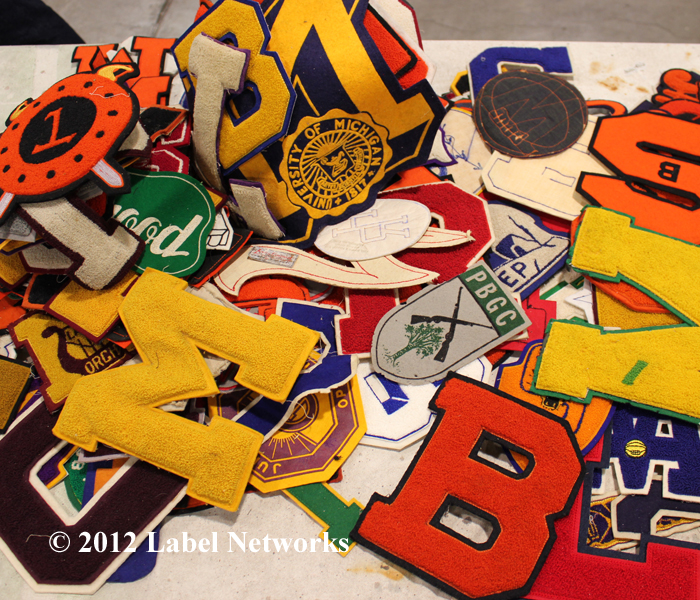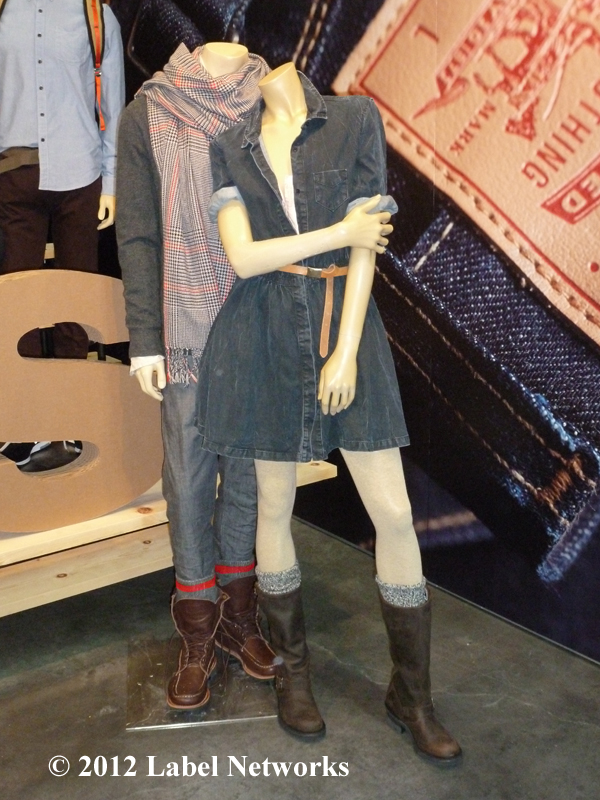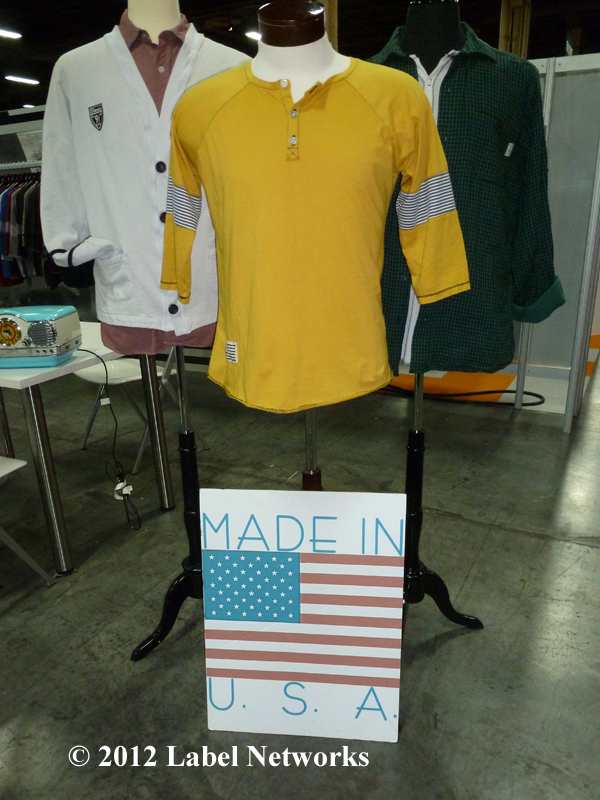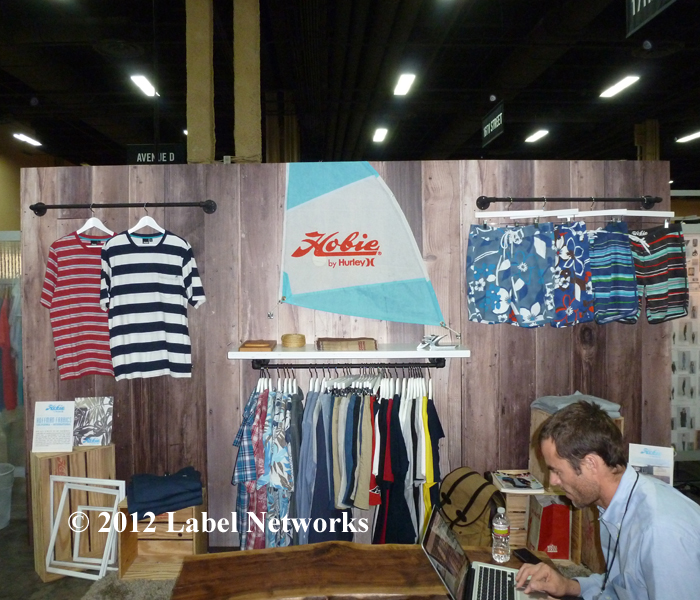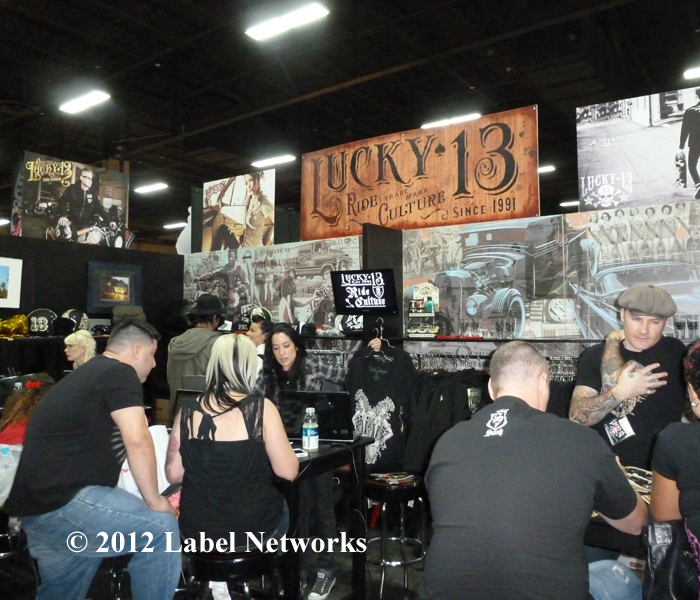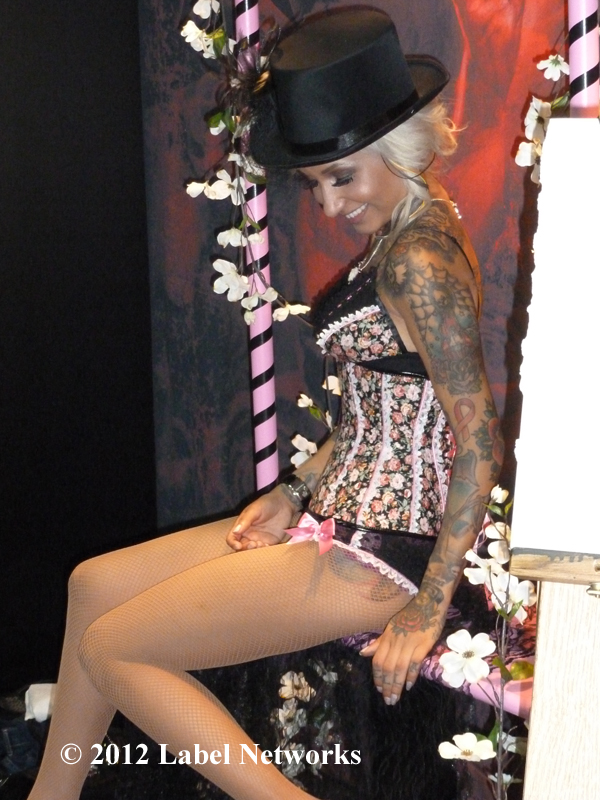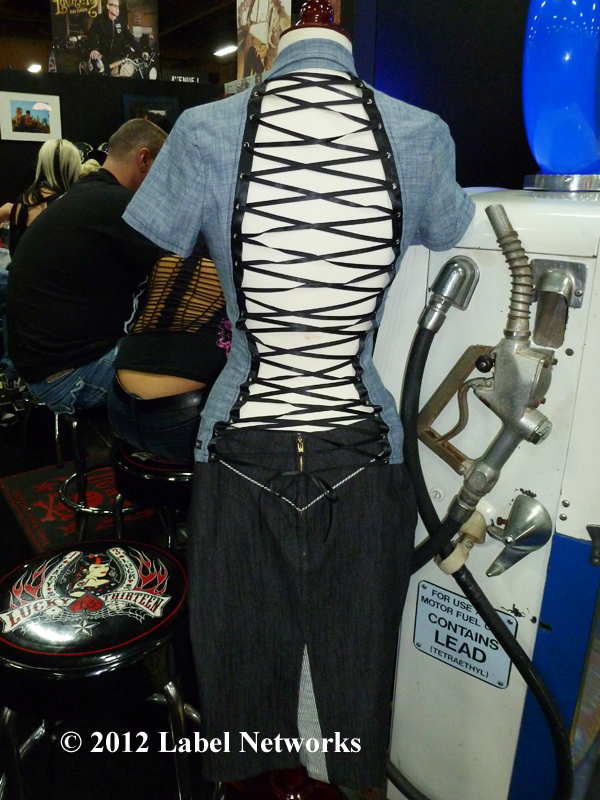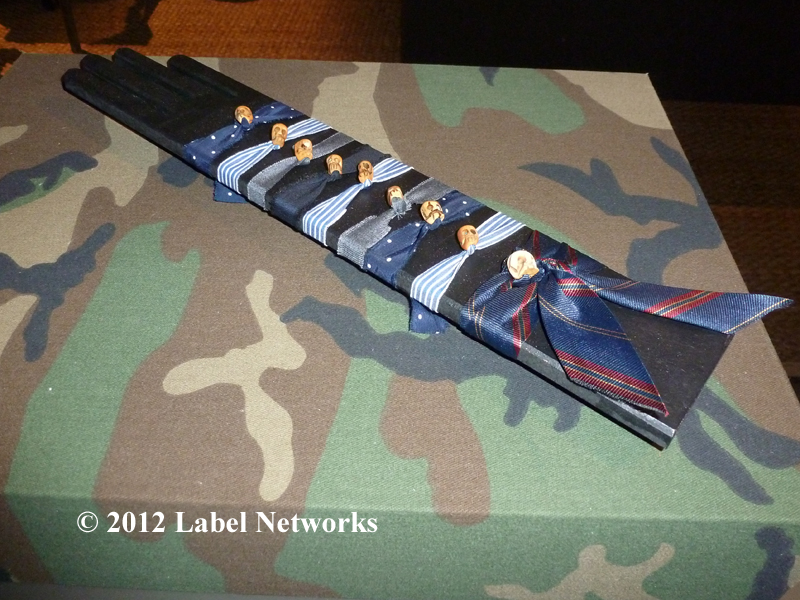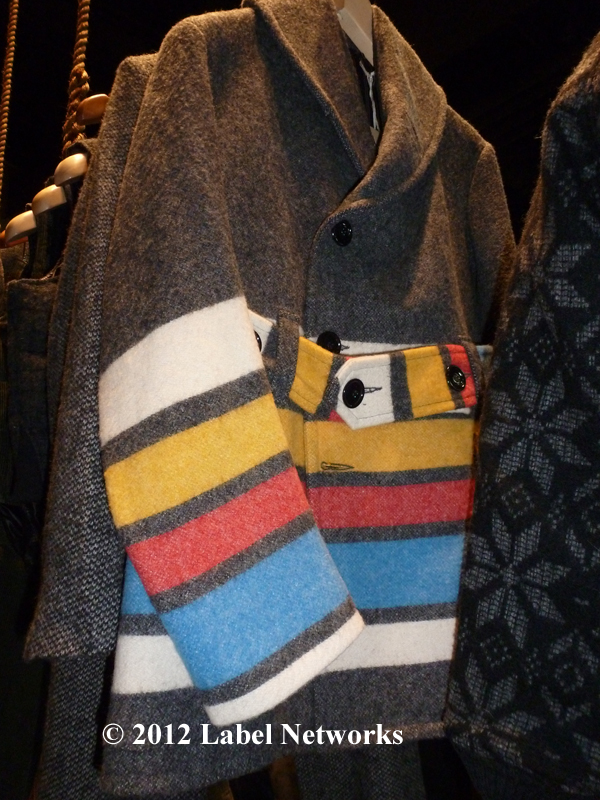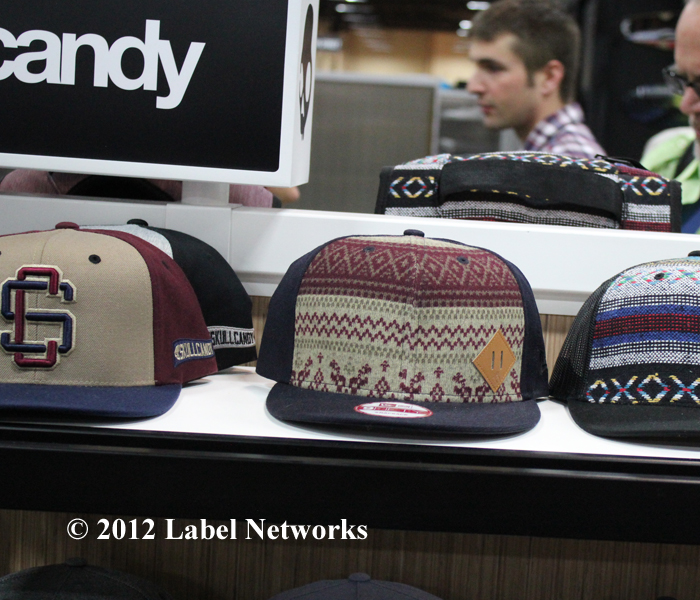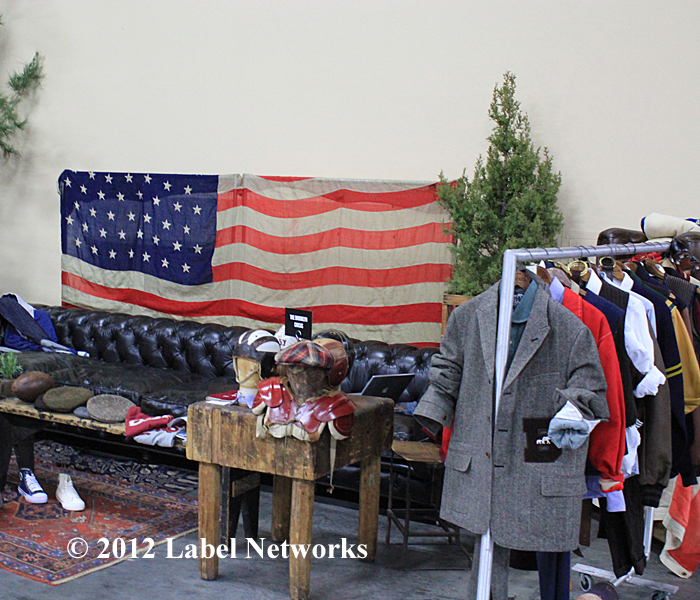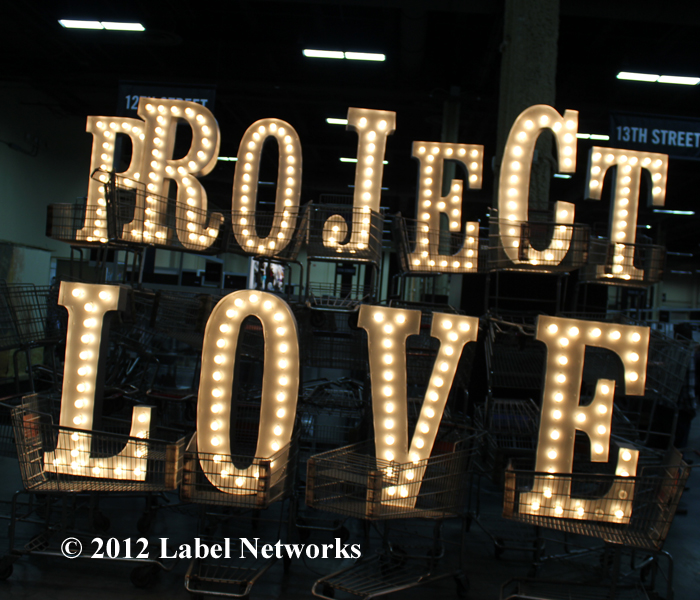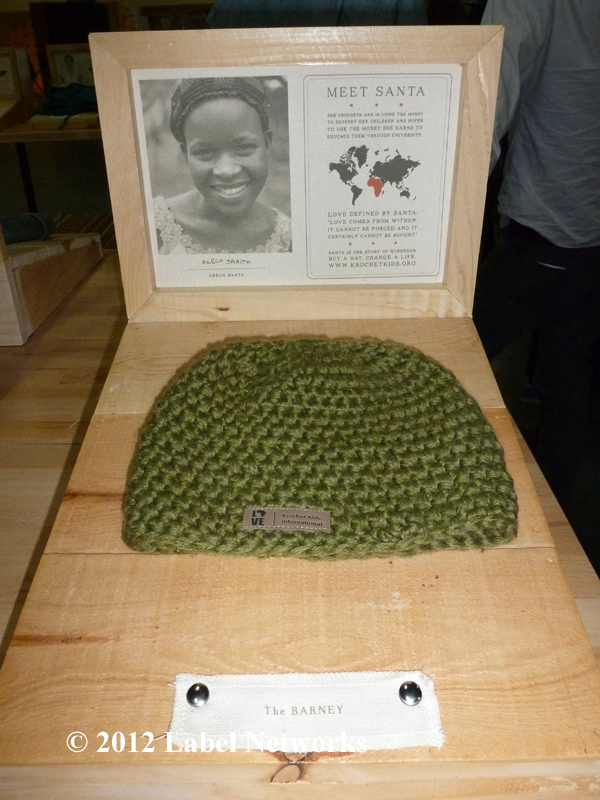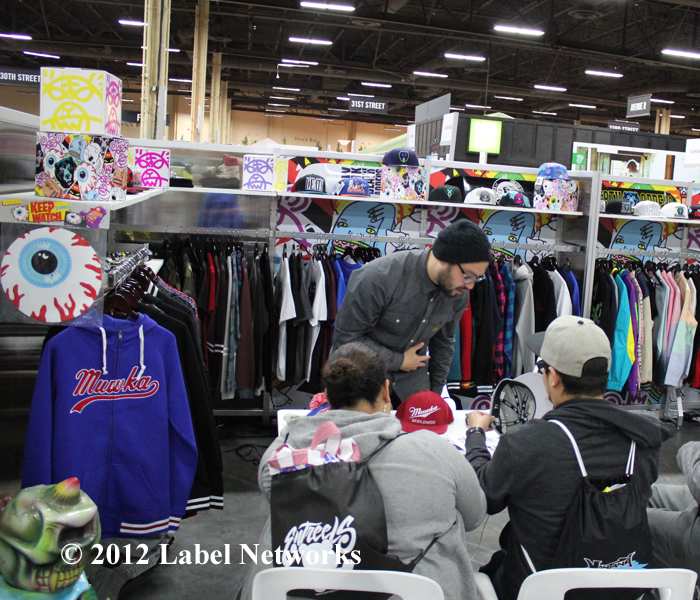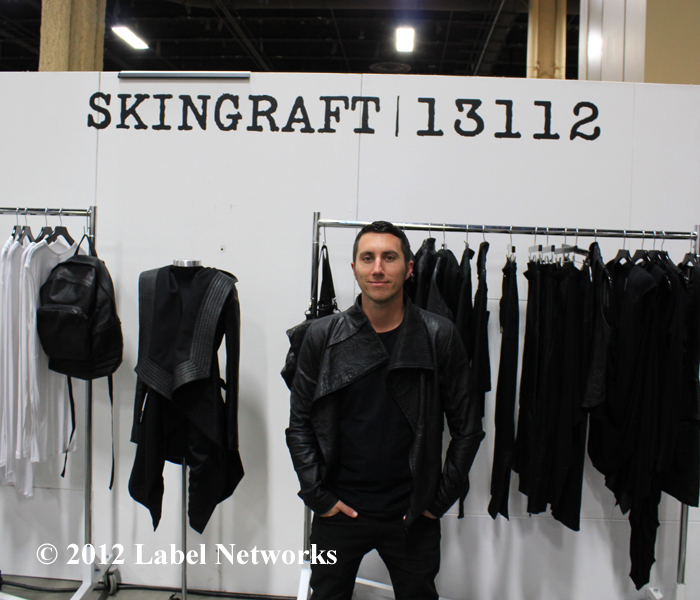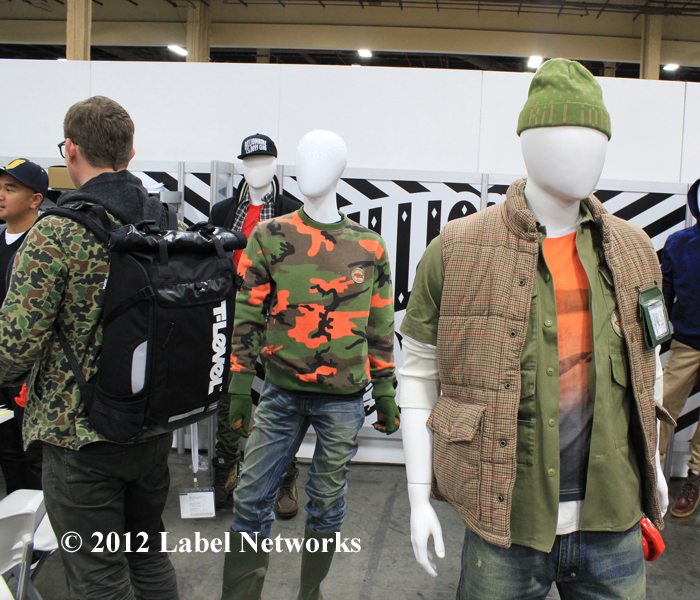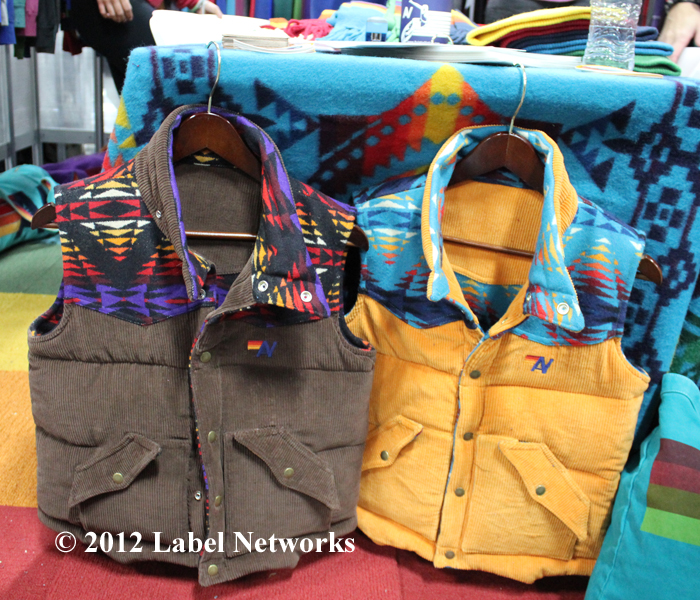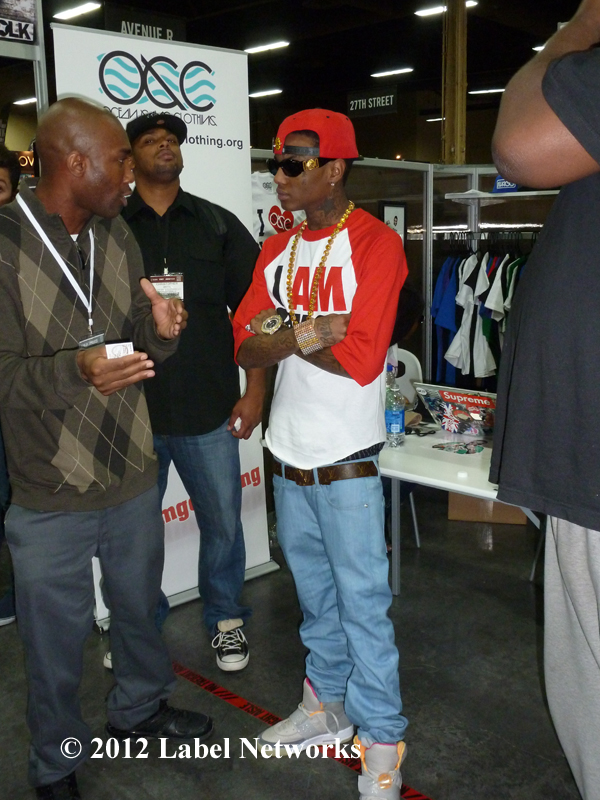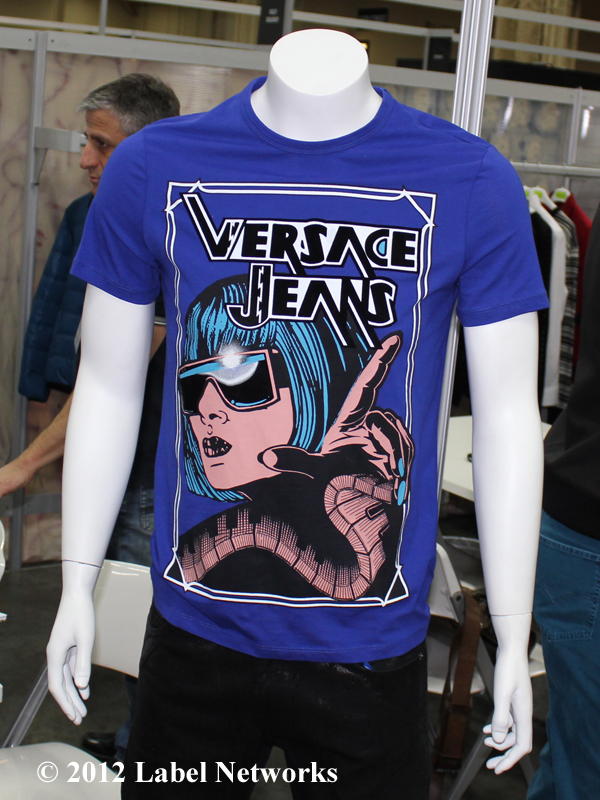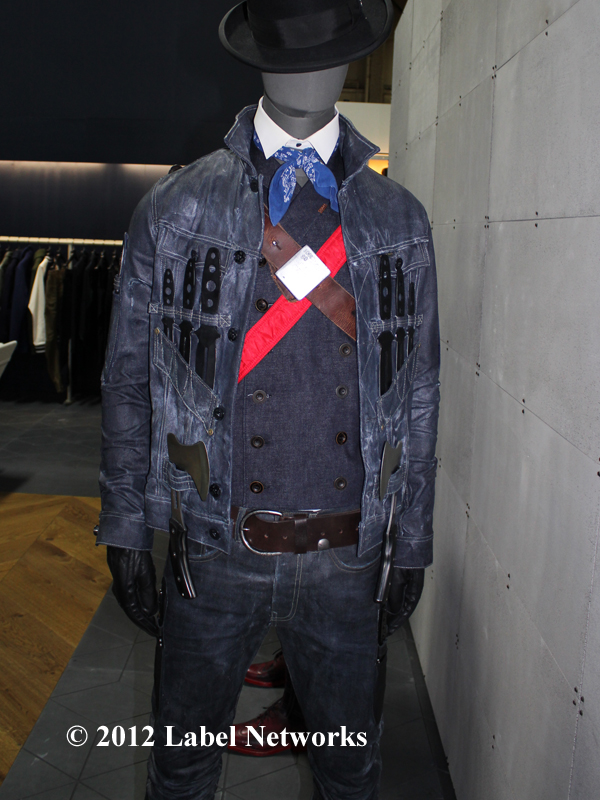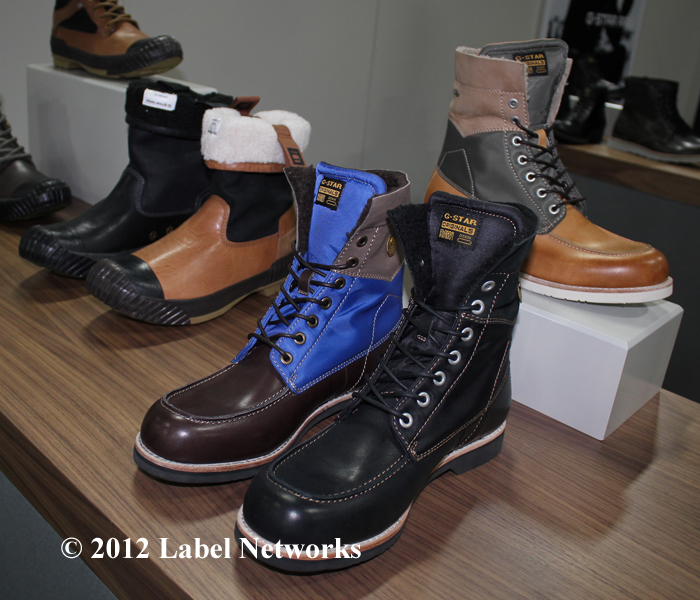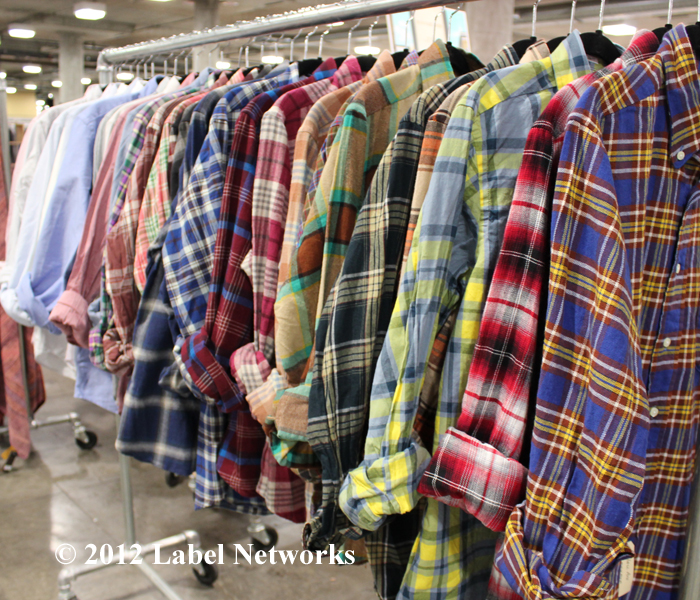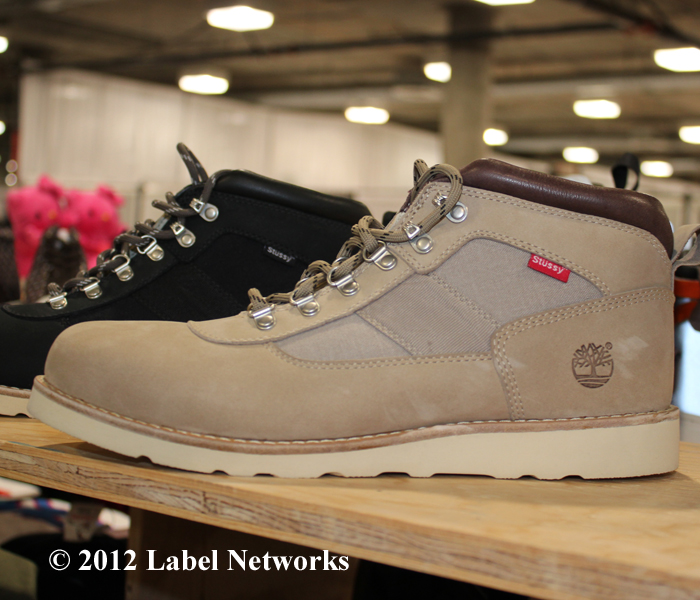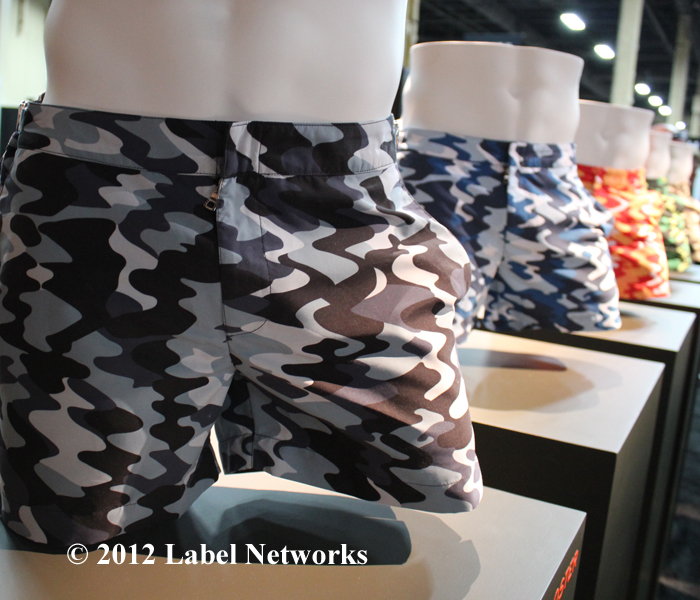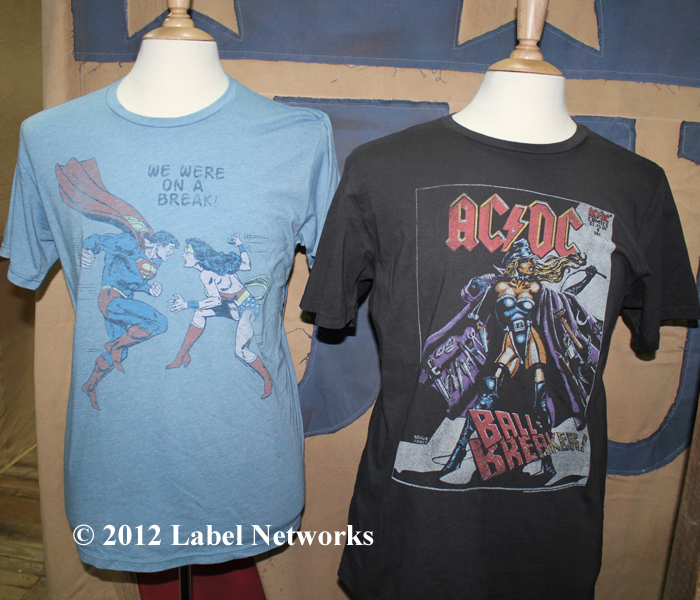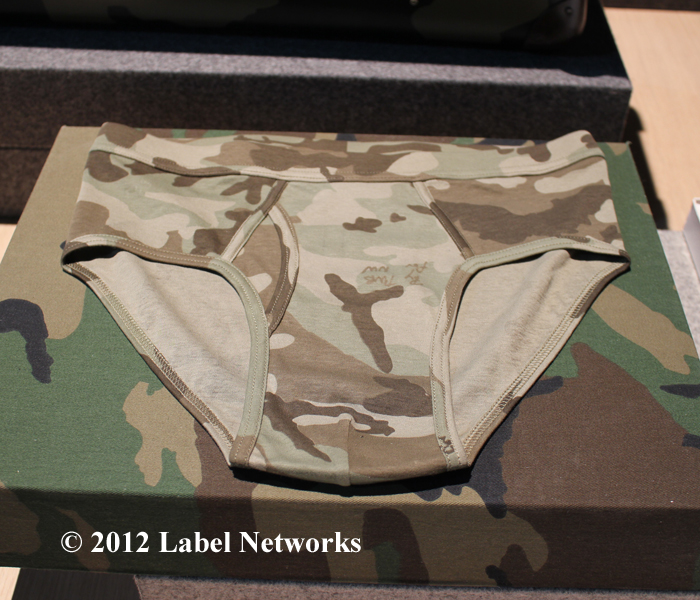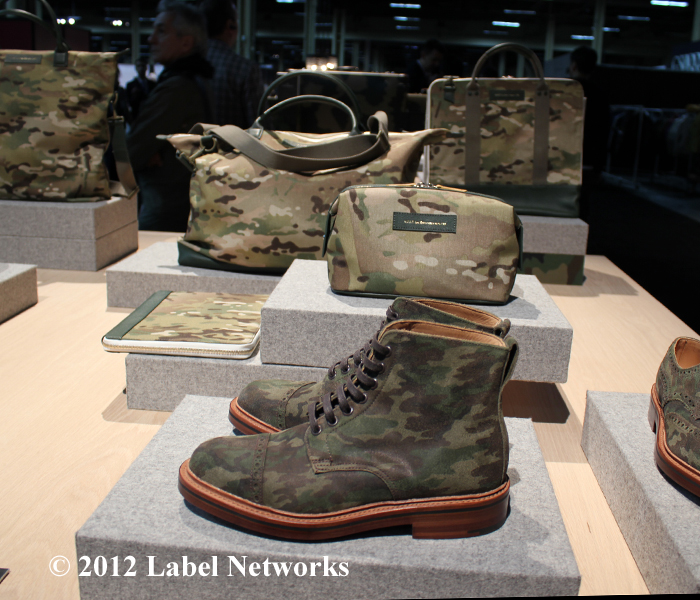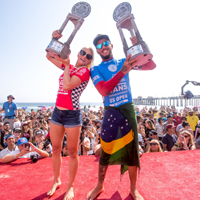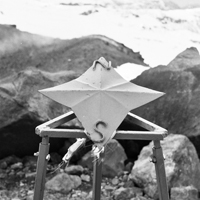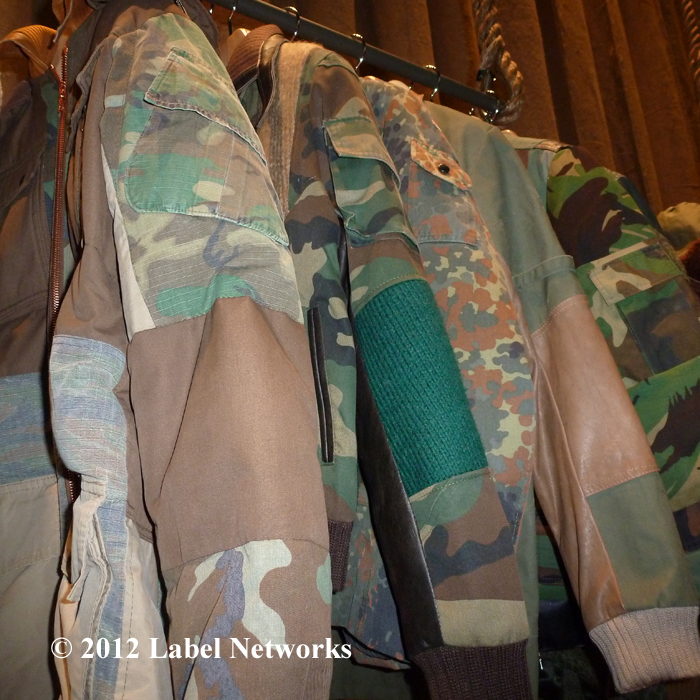
Story and Photos by Kathleen Gasperini and Tom Wallace
The flurry of fashion trade shows in Las Vegas from February 12-15, 2012 bring with them a diverse angle of what’s taking shape in fashion from a wide spectrum of genres particularly in the United States. While we mostly concentrate on youth culture influences, including streetwear, contemporary, sportswear, denim, sneakers, and accessories, this time around, it was interesting to note the growing interest of areas such as Sourcing (more on this later), and the blending of MAGIC in particular with the crossover of shows including S.L.A.T.E., Street, Street/Licensing, and Menswear.
Unlike years in the past, it was hard to know when you were in or out of S.L.A.T.E. which used to be a section within the Street section for more defined or rather, popular, streetwear labels ranging from Akomplice, Crooks and Castle’s, 10 Deep, Play Clothes, among others. Instead it was easy to slip right into Street/Licensing and the massively growing and crowded section featuring latest in UFC and MMA inspired athletic apparel, tattoo artistry in heavily graphic-ed apparel including T’s, hoodies, and caps, which then launches right into big-brand menswear such as Rocawear, and a massive Levi Strauss booth, as an example.
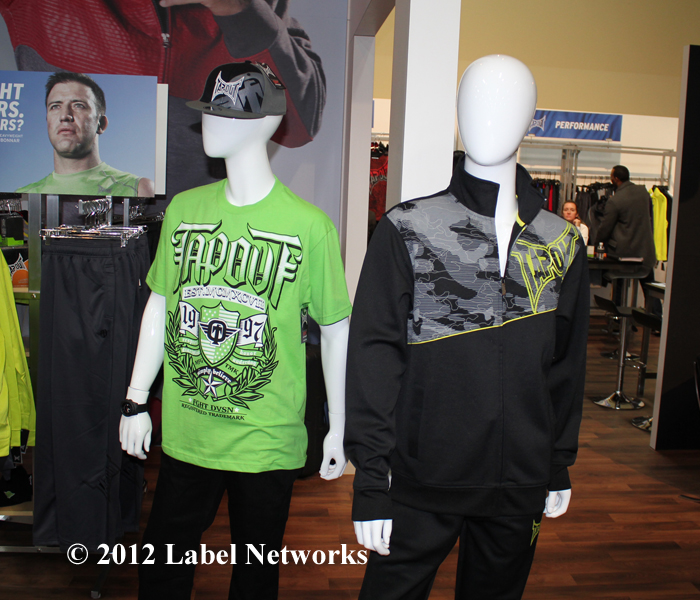
With the shift in action sports and more brands not knowing where to exhibit, S.L.A.T.E. and Street continue to pick up these types of brands. For example, similar to last year, the area also includes a skate park and ramp where various competitions and exhibitions are held, surrounded by industry manufacturers of decks, trucks, and skate T-shirts.
It’s also pre-requisite now among streetwear shows to have a chop-shop barbershop of some sort which started with Frank’s chop shop at S.L.A.T.E. back in the day. Now, getting a clean shave and a rock-abilly haircut on the show floor is easy no matter what show you’re in—from Street to Project. In addition, on-site street artists creating masterpieces are equally a part of the fashion scene, which is good for fashion, but interesting when one considers that most graff artists are still outlawed from doing their art in public spaces. (Cred-factor remains an outlaw culture which of course is why it’s credible especially for brands that lack it and cop street artists’ steez to get some.)
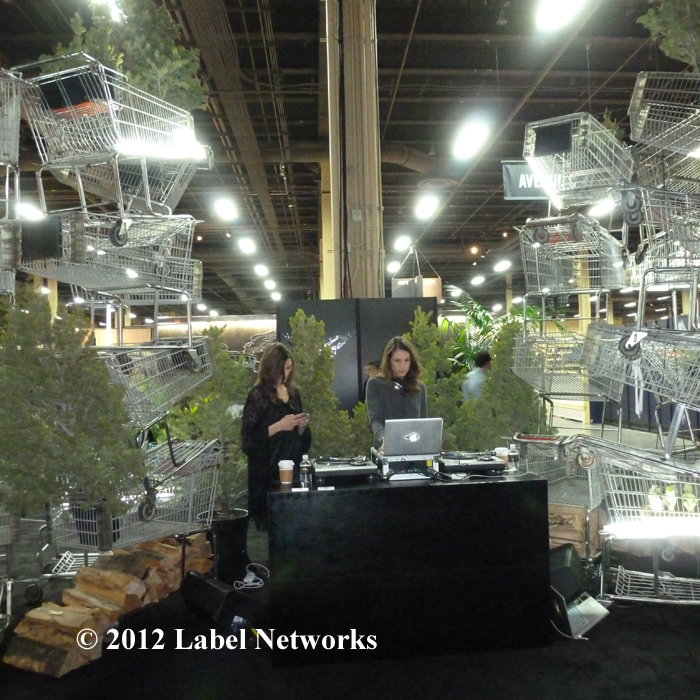
Unfortunately, instead of breaking up MAGIC into genres/subcultures which of course would include women’s apparel, almost all female fashion has been moved to the Las Vegas Convention Center (LVCC), meaning that streetwear sections, including the formerly known Edge area with its Goth sensibilities, has been moved. Finding Tripp NYC, for example, required a shuttle ride to the LVCC, when honestly, the traffic is always the other way around: most come to Mandalay because that’s where the action is.
In higher-end streetwear (what Bread and Butter types call “urbanwear” which in our American eyes would be mistaken for say, Fubu, and why no one here dares call cutting-edge brands like The Brooklyn Circus, Neuw denim, or G-Star “urbanwear”), dark denim and sharp silhouettes continue to be a strong trend. This resembles a more fitness-oriented culture and a nod to nostalgic times when people were generally skinnier. Even the varsity jacket/letterman streetwear vibe isn’t as bulky as it once was and the nod now among streetwear leaders is to encompass the past with strides taken towards getting smart–literally college educated–and showing their streetwise sensibility within pieces of their style: from a bow tie to hand-crafted leather footwear, mixed with a tailored flannel button down and topped with a varsity jacket and fitted tweed paperboy cap.
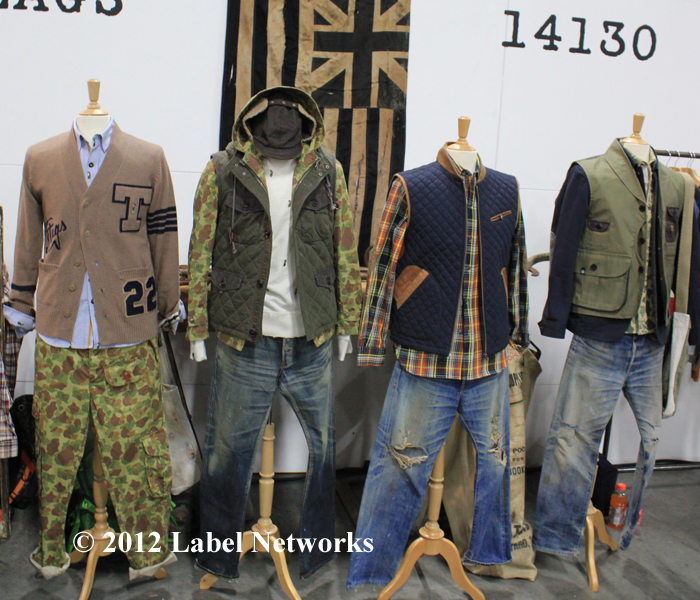
Another highlight when it comes to patterns from most of the shows, particularly Workroom and Project, is that camo is infused in everything–from denim to accessories, hiking boots to kimonos, and it’s not only going strong, but has been taken to new levels: more designers than ever now claim to be camo connoisseurs. It’s not unusual to catch bits of conversation in the aisles among hardcores debating the differences between French army mountain range camo vs. 1950’s American camo—the Korean War version. Nick Wooster’s exciting exhibition of designer brands curated with Orlebar Brown featured camo and Americana in entirely new ways, particularly because so many brands in the area were Japanese. Which once again proves the notion that Japanese brands do Americana better than we do.
Other themes range from rockabilly and 50’s vibes including shorter versions of the poodle skirt for ladies, to piping accents on button-downs, pearl snap buttons, and tailored flannel.
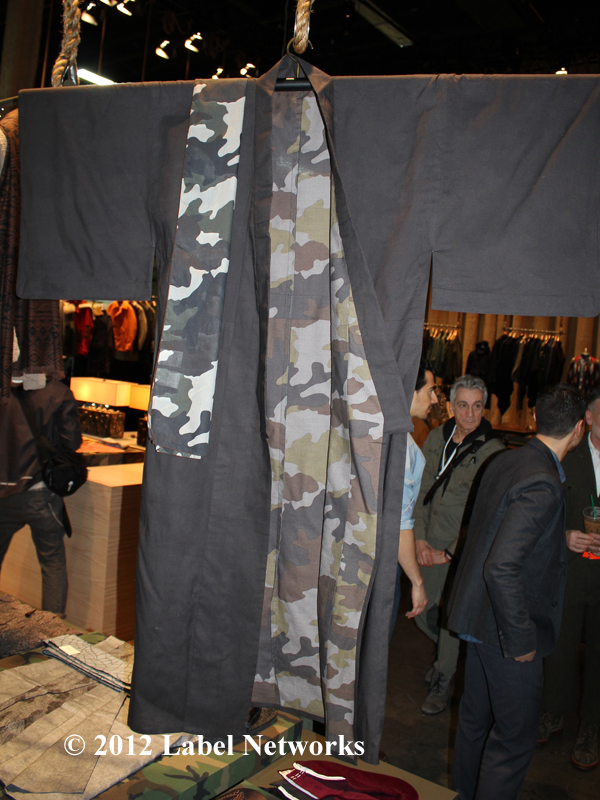
1920’s themes also popped thanks in large part to Woody Allen’s “Midnight in Paris.” Many brands took this option to new heights with Great Gatsby flair including the much-hyped brand Victrinox (makers of the Swiss Army knife), Jenny Han, a Gatsby-like Dr. Martens, even Kongol hats.
What’s interesting to note also are themes that continue to be strong in fashion today, including rock ‘n roll vibe apparel, footwear, and accessories, and brands with a more broody approach to fashion that resembles a lifestyle more than a trend. For example, SkinGraft Designs with their mix of super-soft black leather and knits, long gloves, clunky silver vertebrae bracelets, and tail-coat jackets and equestrian riding silhouettes. Stolen Girlfriends Club adds punk and romanticism as does Belle N. Matisse which we located over in (capsule).
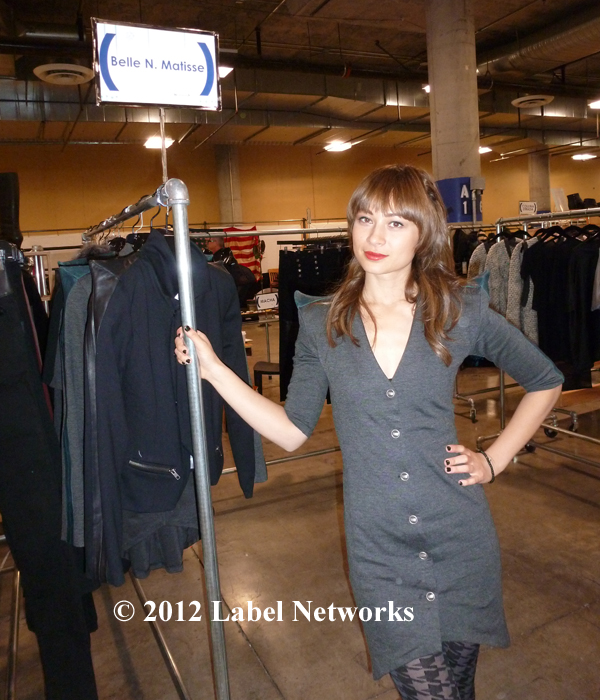
Retro Californication is also influencing more collections, especially coming from a motorcycle and surfing perspective as seen with Deus out of New Zealand or Iron and Resign from So-Cal. On the flip side of this, old-school brands come alive such as Lightning Bolt, which is riding an indie wave (no pun intended) that boutiques are flocking to, as well as 70’s inspired Aviator Nation and their recent Pendleton collaboration vests. Some call it West Coast Luxury like Agave denim which touts its Handcrafted in Cali roots. Even Silver Jeans, which is NY based, in their recent collection captures the Cali Western feel with denim jackets and vests, flannel, and relaxed fits with long-haired models.
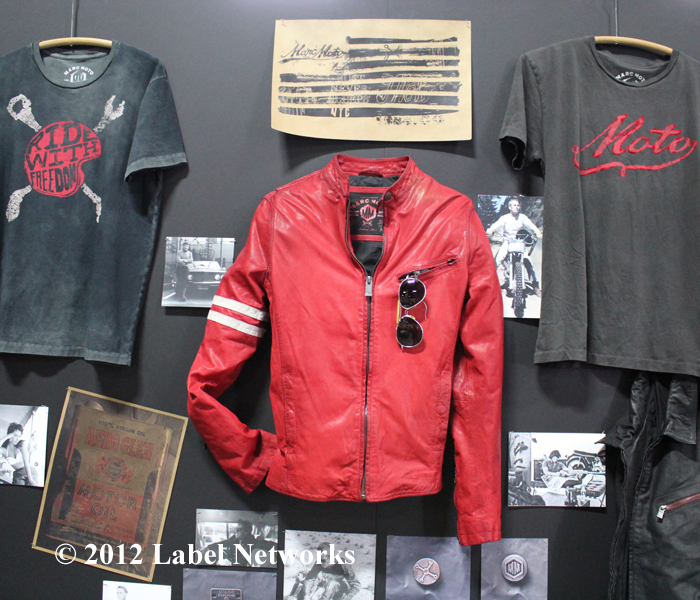
A question comes to mind however, is how far will retro Americana be accepted by a new youth culture—a generation that has now gone through their entire teens in a recession. For these new consumers, quality and story are important. But being first to own a new piece is less important than ever before. It’s really about being able to DIY a style, which may mean a mix of pieces across a vast array of genres that mean something to them (thus the growing importance of knowing the crossover effects of fashion, music, sports, and technology). From hip-hop to SoCal to punk rock, it’s not really all that random, but quite specific if you understand the roots of influence and why. This is where color enters the picture. Whether those on the camo-bandwagon like it or not, it is still important and it marks a distinct difference in current trends. Think dubstep, rave, electronica and follow the flow of changes in music and you get the inspiration. Pool, as a generalization of a trade show, tends to tap into this aesthetic the most and it’s not because American Apparel shows there or that their opening sign is a collage of neon colors. The T-shirt brands of which there are many, tap into a very crafty DIY spirit and color is seen in many areas. Stay tuned for more on the color wave theme in upcoming stories on Label Networks.
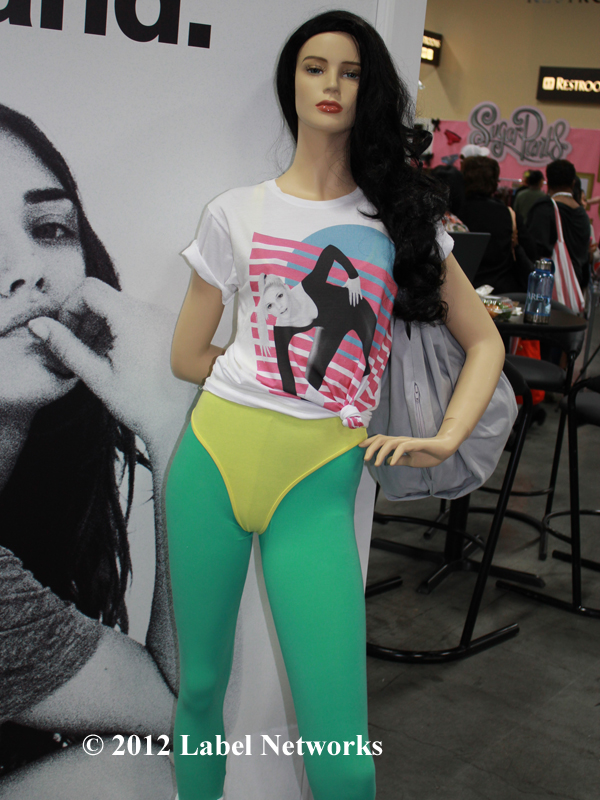
Finally, just as Sourcing of fashion has started to take a more center stage as production costs have increased and manufacturing has entered into the mainstream fashion lexicon, Made in the USA has taken on new meaning. The plethora of U.S. flags in booths make a clear statement, but add to it “Made in the U.S.A.” banners, patches on denim jackets, and getting even more localalized “Made in Maine” or “Made in New York…California…Wisconsin…Detroit…” you get the picture.
As savvy consumers continue to dictate more trends in fashion (including the slow fashion movement) with their shifts in buying patterns, designers’ needs for greater consumer insights have reached new levels, which have bled over to increased communication platforms among brands across all genres. The influences are now being seen at today’s trade shows, especially the most important in the U.S. such as this season’s trade show mega week in Vegas featuring MAGIC, S.L.A.T.E., Street, Workroom, Project, Pool, and (capsule).
